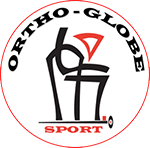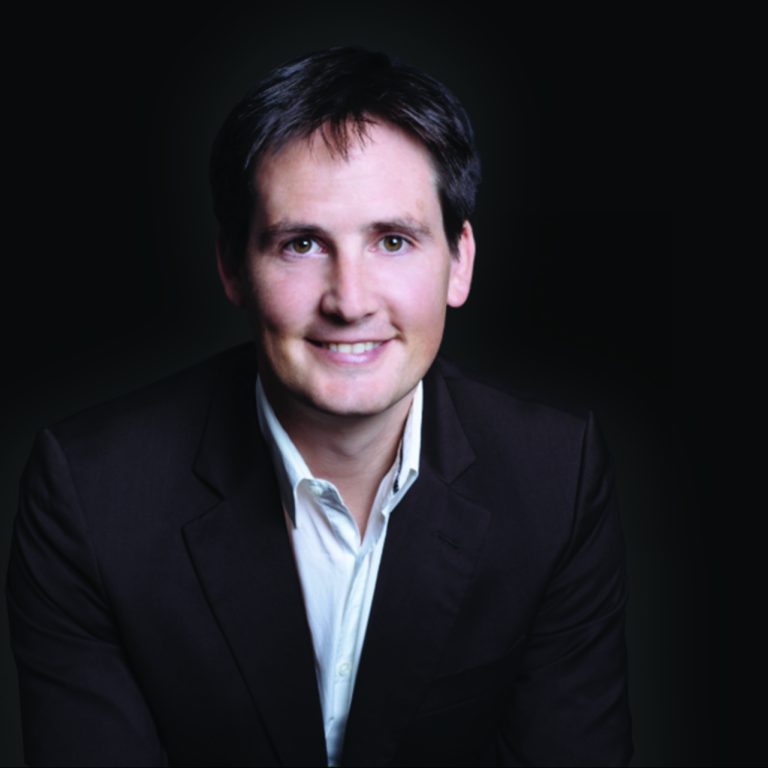Abstract
Treating patients with severe neuromuscular scoliosis by long spinal fusion improves their quality of life and provides significant comfort for the patient and caregivers. But lumbosacral (L5-S1) fusion is challenging in these patients because of the significant deformities that result in poor bone anchoring quality and a risk of impingement between the skin and implants. In 1993, Jackson described a L5-S1 fusion technique using S1 pedicle screws and intrasacral rods (implanted under X-ray guidance) that are linked to the construct above with connectors. The goal of this study was to evaluate the clinical and radiological results and the postoperative complications of a simplified version of this technique, which does not require connectors or X-ray guidance.
MATERIALS AND METHODS:
Thirty-three patients were evaluated with a minimum follow-up of 4years (average 82months). Frontal balance, sagittal balance, Cobb angle, sacral slope, lumbar lordosis and lateral pelvic tilt in the frontal plane were assessed on preoperative, postoperative and follow-up X-rays. Intraoperative and postoperative complications were recorded.
RESULTS:
Complete fusion was obtained in 32 patients. The average Cobb angle was 62° initially and was reduced to 20° after surgery and 24° at the final follow-up. The average lateral pelvic tilt was 10.3° (0 to 26°) initially; it was surgically corrected to an average of 7.5° (0 to 24°); the average secondary loss of correction was 1.2° (0 to 9°). The sacral slope was corrected to an average of 11.2°; an average of 0.2° had been lost at the last follow-up (0 to 18°). Although the average for lumbar lordosis was unchanged, the standard deviation went from 29° to 16° after the corrective surgery and 17° at the last follow-up, with large cluster of measurements around the average value of 40°. The deformity correction was comparable to the results with other techniques (Galveston, sacroiliac screws); the complication rate was similar but the non-union rate was lower. This simplified Jackson technique appears to be an effective, simple method for L5-S1 fusion to correct neuromuscular scoliosis as it provides stable results over time.
LEVEL OF EVIDENCE:
Level IV, retrospective study.
Copyright © 2013 Elsevier Masson SAS. All rights reserved.



